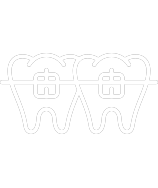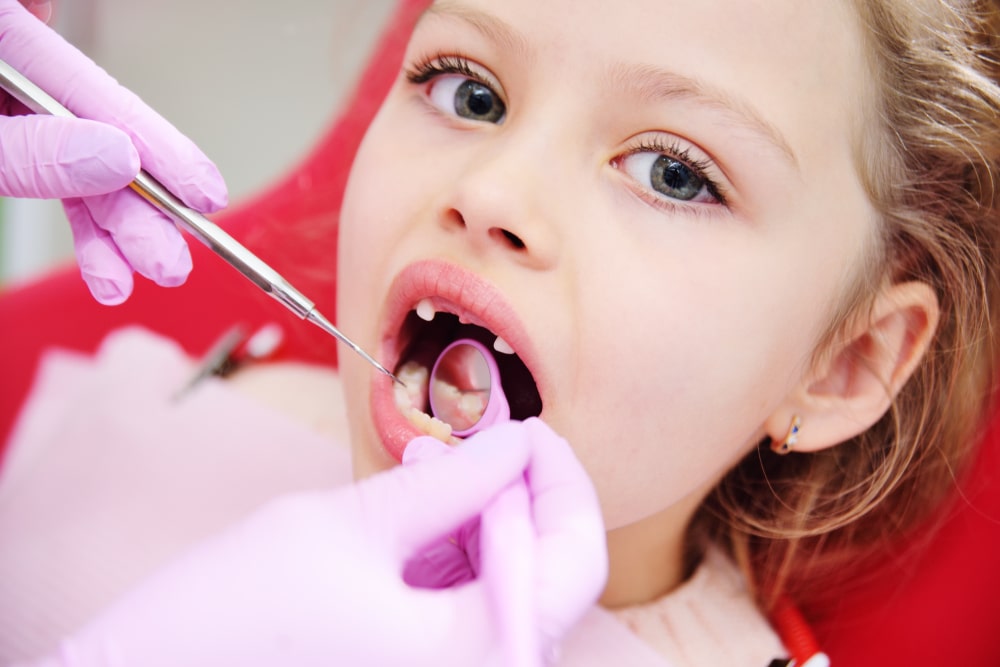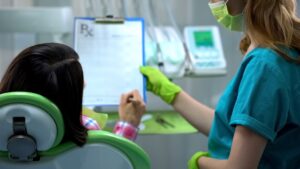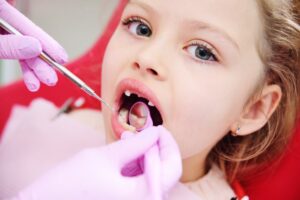Picture this: One moment, your child is laughing and playing, and the next, there’s a sudden cry, a trip, and then… a tiny gap where a tooth used to be. Panic sets in. Your heart races. Your child is upset, and you’re faced with a little tooth in your hand, wondering, “What do I do now?” You’re not alone. This is a common and often frightening experience for parents. Our immediate instinct is often to fix things, to put things back where they belong. But when it comes to a knocked-out baby tooth, the best “fix” might surprise you, and it’s quite different from what you’d do for an adult tooth.
Let’s take a deep breath together and walk through exactly what you need to know.
The Golden Rule: Baby Teeth and Replantation
This is the most critical piece of information you’ll learn today: DO NOT ATTEMPT TO REPLANT A KNOCKED-OUT BABY TOOTH.
Yes, you read that right. While replanting a permanent (adult) tooth is often the first and most crucial step in saving it, the opposite is true for baby teeth, also known as primary teeth.
Why You Shouldn’t Replant a Baby Tooth: An “Aha!” Moment
The reason behind this rule lies in the fascinating way our teeth develop. Beneath every baby tooth, a permanent tooth is diligently forming, waiting for its turn to emerge.
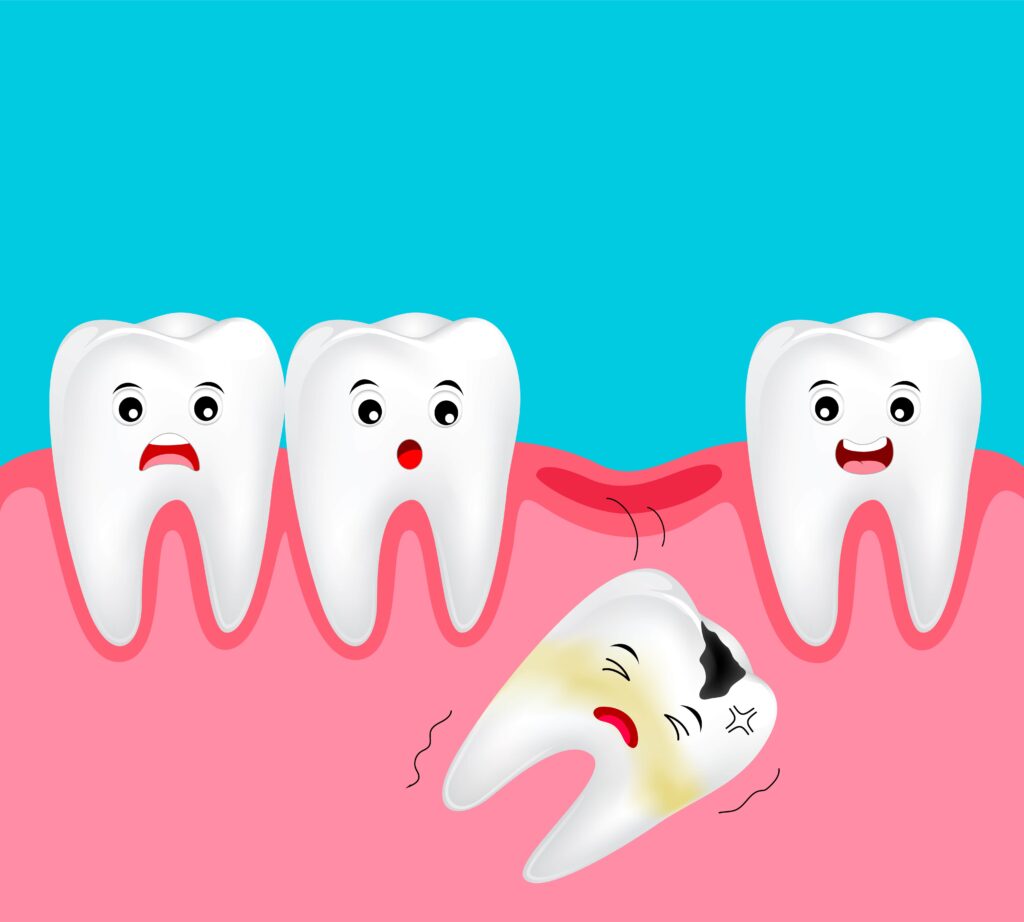
This developing permanent tooth bud is nestled directly below the roots of the baby tooth.
If you try to push a knocked-out baby tooth back into its socket, there’s a significant risk of damaging this delicate, developing permanent tooth. This damage could lead to:
- Developmental issues: Affecting the shape, color, or even the eruption path of the future permanent tooth.
- Infection: Introducing bacteria into the area, which could harm the permanent tooth or cause an abscess.
Think of it like this: The baby tooth is a placeholder, holding space and guiding the permanent tooth underneath.
Forcing it back in could interfere with that natural process and cause long-term problems.
MYTH vs. FACT
- MYTH: “It’s just a baby tooth; it doesn’t really matter.”
- FACT: While not permanent, baby teeth play crucial roles in chewing, speech development, and guiding permanent teeth into proper alignment. Early loss can have consequences.
Your Step-by-Step Guide for a Knocked-Out Baby Tooth
When that unexpected moment happens, having a clear plan can make all the difference. Follow these steps:
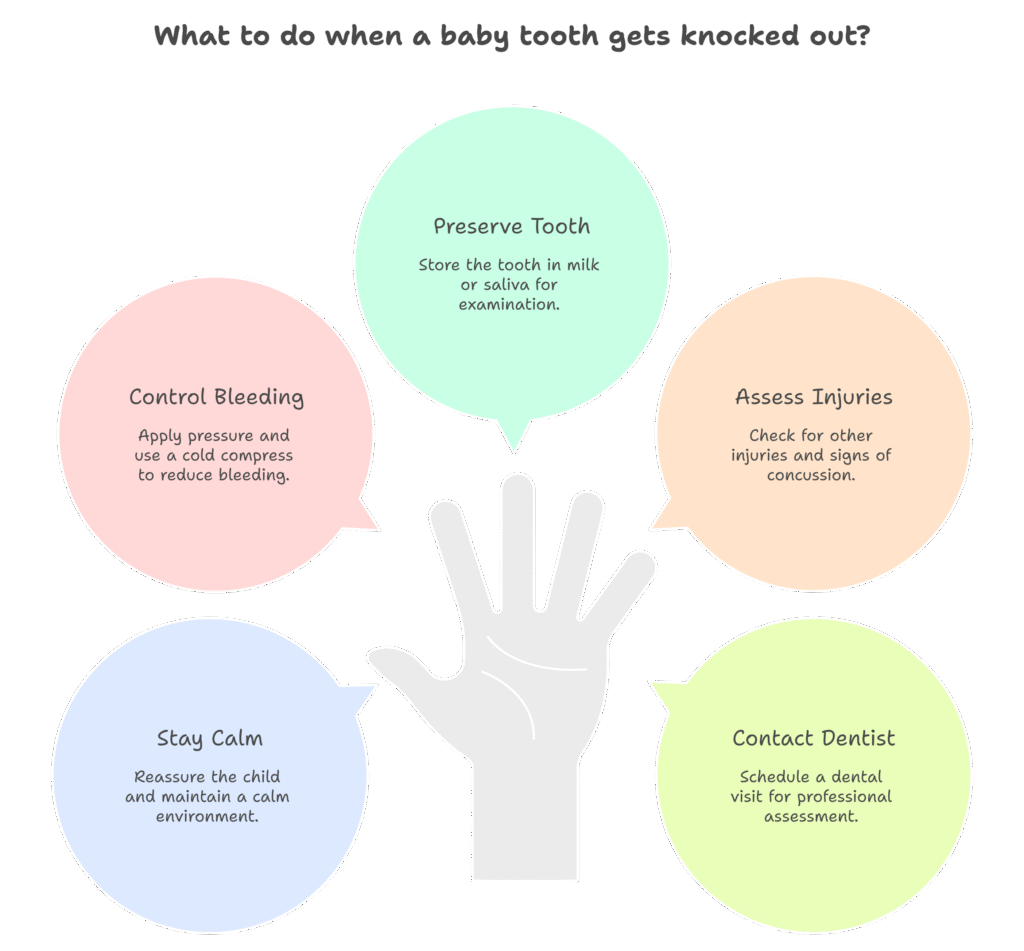
Step 1: Stay Calm and Comfort Your Child
Your child will likely be scared and in pain. Your calm demeanor is the first step in reassuring them. Talk softly, offer a hug, and let them know you’re there to help.
Step 2: Control the Bleeding
There will likely be some bleeding. Have your child bite down gently on a clean piece of gauze or a clean cloth. A cold compress applied to the outside of the mouth can also help reduce swelling and bleeding.
Step 3: Find the Tooth (But Don’t Reinsert!)
Locate the knocked-out tooth. While you won’t be putting it back in, your dentist might want to examine it to ensure it’s indeed a baby tooth and that the entire tooth (root included) has come out cleanly. Place the tooth in a small container of milk or the child’s saliva, or even saline solution. Avoid tap water if possible.
Step 4: Assess for Other Injuries
Carefully check your child’s mouth and face for any other injuries, such as cuts to the lips, gums, tongue, or any signs of a concussion. If you suspect more serious injuries (like head trauma or a jaw fracture), go straight to the nearest emergency room.
Step 5: Contact Your Dentist Immediately
Even if the tooth isn’t replanted, a dental visit is crucial. Contact your dentist as soon as possible.
At Viva Dental Orangeville, we understand these situations are stressful and we’re here to help guide you through it. Your dentist will need to:
- Confirm it was a baby tooth.
- Check for any remaining tooth fragments in the gum.
- Examine the gum and surrounding tissues for damage.
- Take X-rays to check the status of the underlying permanent tooth and ensure no other issues are present.
What Happens at the Dentist? (And Why It Matters)
When you bring your child to Viva Dental Orangeville after a knocked-out baby tooth, our priority is to assess the situation thoroughly and ensure the best long-term outcome for your child’s oral health.
Our team, led by Dr. Sahar Rakhshanfar, will perform a gentle examination and likely take X-rays.
This helps us understand if there’s any damage to the bone or, more importantly, to the developing permanent tooth underneath.
We’ll discuss potential complications, such as possible nerve damage or gum injury, and outline any necessary follow-up care.
Our comprehensive children’s dentistry services are designed to address these unique needs with compassion and expertise.
Understanding Space Maintainers: Protecting Future Smiles
One of the significant concerns with early baby tooth loss is its impact on the alignment of the permanent teeth.
Baby teeth act as natural “space maintainers,” holding the spot for their adult successors.
If a baby tooth is lost prematurely, the adjacent teeth might drift or tilt into the empty space, narrowing the path for the permanent tooth.
This is where a “space maintainer” comes in.
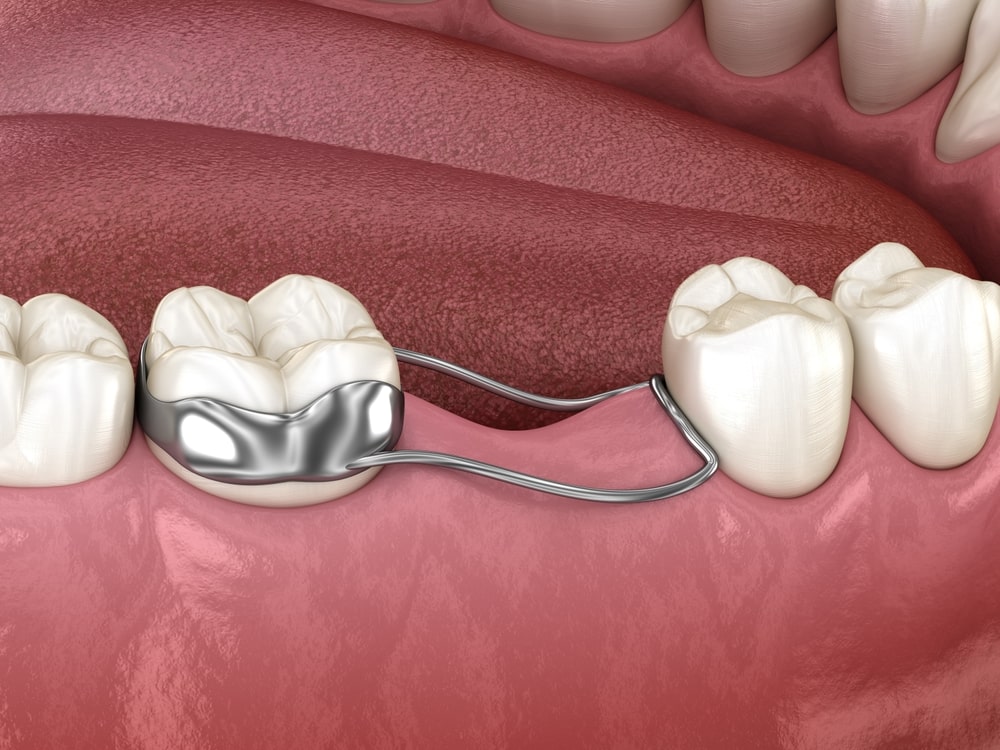
What is a Space Maintainer?
A space maintainer is a small, custom-made device (usually metal) that is cemented onto the adjacent teeth to hold open the space where the baby tooth was lost.
It ensures that the permanent tooth has enough room to erupt properly.
Why are they recommended?
Not every knocked-out baby tooth requires a space maintainer.
It depends on which tooth was lost and the child’s age. However, if recommended, it’s because early baby tooth loss can lead to:
- Crowding: Permanent teeth may erupt crooked or out of alignment.
- Impacted Teeth: Permanent teeth may become stuck beneath the gums if there isn’t enough space to emerge.
- Speech Issues: The proper placement of teeth is vital for clear speech.
- Chewing Difficulties: An uneven bite can affect how a child chews food.
At Viva Dental Orangeville, we’ll carefully evaluate your child’s situation and discuss if a space maintainer is the right solution to protect their future smile and oral development.
Long-Term Outlook and What to Monitor
After a baby tooth is knocked out, even if no immediate issues arise, it’s important to be aware of potential long-term considerations:
- Eruption of the Permanent Tooth: Monitor the area for the eventual eruption of the permanent tooth. Your dentist will advise on the typical timeline.
- Changes in Bite or Alignment: Keep an eye on how your child’s teeth meet when they bite down.
- Signs of Infection: Watch for swelling, redness, pain, or fever in the gum area, which could indicate an infection.
- Discoloration: In some cases, the underlying permanent tooth might show discoloration if it was injured. Consider teeth whitening service.
Regular check-ups at Viva Dental Orangeville are crucial to monitor the progress and address any concerns promptly.
Prevention is Key: Reducing the Risk
While accidents happen, there are steps you can take to reduce the risk of your child knocking out a tooth:
- Childproofing: For younger children, ensure play areas are safe and reduce tripping hazards.
- Supervision: Always supervise young children during play, especially on playgrounds or near hard surfaces.
- Mouthguards for Sports: If your child participates in sports or activities where there’s a risk of facial injury (like hockey, soccer, or even some playground games), a custom-fitted mouthguard is an absolute must. This significantly protects against knocked-out teeth, chips, and other oral injuries.
- Regular Dental Visits: Consistent general dentistry services allow your dentist to monitor your child’s oral health and offer preventative advice tailored to their development stage.
Your Questions Answered: FAQ
Q: What if my child is only 2 or 3 years old and knocks out a front baby tooth? Is it more serious?
A: While the general rule of not replanting still applies, losing a front tooth at a very young age can sometimes have a greater impact on speech development and eating. Your dentist will assess if a space maintainer is needed or if special attention to speech development is required.
Q: What if the baby tooth is loose but not completely out?
A: If the tooth is loose but still in the socket, do not try to pull it out. Avoid touching it and have your child eat soft foods. Contact your dentist immediately. They will assess the extent of the injury and determine the best course of action, which might involve letting it heal naturally or, in some cases, gently removing it if it poses a risk to the permanent tooth.
Q: My child is really upset. How do I help them emotionally after this trauma?
A: It’s natural for children to be distressed. Validate their feelings, offer comfort, and try to distract them with a favorite book or calm activity. Reassure them that the dentist will help make everything better. Focus on their bravery and resilience.
Q: What if the knocked-out tooth seems to have a very small root or no root at all?
A: This is common, especially for older baby teeth that were already close to falling out naturally. The body reabsorbs the roots of baby teeth as the permanent tooth pushes up. Even if the root is small or absent, do not attempt to replant it. The general guidelines still apply.
When in Doubt, Reach Out: Your Trusted Partner in Orangeville
Dealing with a knocked-out baby tooth can be a scary moment for any parent. But by understanding these key guidelines, you can react calmly and effectively, ensuring the best possible outcome for your child’s oral health.
Remember, you don’t have to navigate this alone. The team at Viva Dental Orangeville is here to provide compassionate, expert care for your family. If your child experiences a dental emergency, please don’t hesitate to contact Viva Dental Orangeville immediately. We’re dedicated to supporting the health and happiness of Orangeville’s smiles, from the very first tooth.



